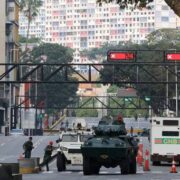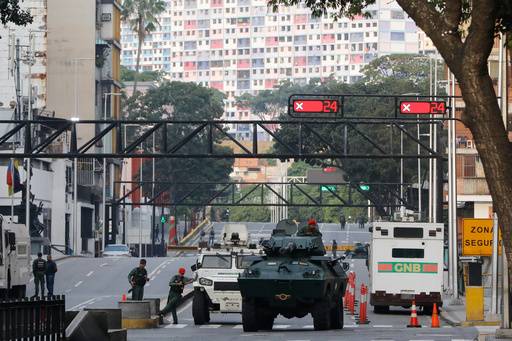Neda: Latest wage hike may leave 140K jobless

Around 40,000 to 140,000 workers in Metro Manila may lose their jobs because of the P35 hike in the daily minimum wage, but the government is optimistic that the higher pay will not affect the inflow of investments that fuel economic growth.
Socioeconomic Planning Secretary Arsenio Balisacan on Tuesday downplayed the possible impact of the latest wage increase, which he described as “quite reasonable” and “not really constraining” to the economy.
“Our estimates so far suggest that the national output (gross domestic product) would be impacted negatively. But it’s a very small impact, it’s just one-tenth of 1 percent. It’s very negligible,” Balisacan said at a press briefing in Malacañang.
Balisacan, head of the National Economic and Development Authority (Neda), said the minimum wage increase might also increase the unemployment rate by a “very negligible number.”
“It could impact something like 40,000 to 140,000, depending on the [industry]. But still again, not as big as one would expect if those rate adjustments were much higher,” he noted.
He said that workers to be displaced by the wage hike would have new opportunities to find new work because of the growing economy and labor market.
“If you lose one job there, there are other jobs being opened up. During this period, there are 600,000 plus new employment. You know, these are new jobs opened up in the economy. As our economy continues to grow at 6 to 7 percent this year, that will be accompanied by quite a lot of jobs,” Balisacan pointed out.

NEDA Secretary Arsenio M. Balisacan
(Photo from National Economic and Development Authority / FACEBOOK)
Improving job quality
He stressed that the government also wanted to improve the quality of employment—which translates to higher wages—in order to reduce poverty.
Balisacan referred to the latest labor force survey for May 2024 released by the Philippine Statistics Authority on Monday showing that the unemployment rate decreased to 4.1 percent from 4.3 a year ago.
“If you look at the numbers, the total additional employment created by our economy was something like 605,000 workers added in the pool of employed people. And that is very encouraging because if we look further, we zoom into the data, we find that the increase in employment came from jobs opened up in manufacturing, in industry and in services,” he said.
Balisacan added that many of those jobs were those that required middle-skilled workers, an indicator that the quality of jobs was encouraging.
“If we look at the type of workers, by class of workers, we see that the big increases are in the wage and salary workers, which is a good indicator of the quality of work. In the Philippine Development Plan, we used the proportion of wage and salary workers in the total employed workers as an indicator of quality. When we see that number rising, the quality of employment is rising and so it’s very encouraging that those numbers have increased between May 2023 and May 2024,” he said.
Coping with inflation
Balisacan noted that the latest wage increase was meant to adjust workers’ salaries to inflation and ensure that their purchasing power would not fall.
“For so long as those wage adjustments are not too high to discourage investments, those adjustments are welcome. That should not be a worry to the business community and us economic managers because the impact of uninflation or ungrowth is not that much,” Balisacan added.
The Neda official made the remarks a week after the approval of the increase in the daily minimum pay of workers in the National Capital Region by 5.7 percent to P645 from P610 for nonagricultural workers.
Labor groups and opposition lawmakers criticized the wage adjustment as an “insult” and a “disgrace” to Metro Manila’s workforce.
In 2023, the daily minimum pay in Metro Manila was increased by P40, which displaced around 20,000 workers, according to Labor Secretary Bienvenido Laguesma.
In the same briefing, Laguesma responded to criticism that this year’s P35 wage hike was a “pittance” by stressing that there was “no intention of the board to really go in that kind of direction.”
The Department of Labor and Employment is also monitoring the possible impact of wage increases on employment.
“The adjustment is actually on the minimum wage. It’s the entry level, the floor level, to give social protection to workers so that they will not be subjected to undue low pay. I do hope that the adjustment will not have an adverse effect on our encouraging growth in our employment sector,” Laguesma said.





















